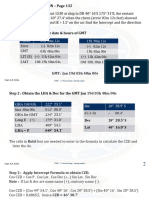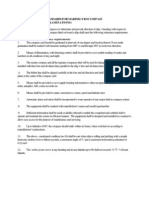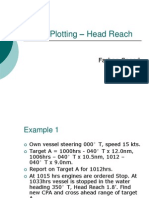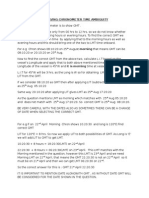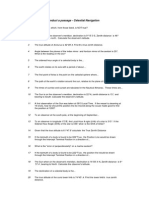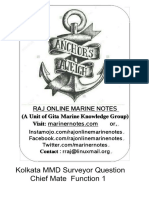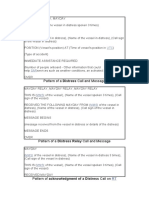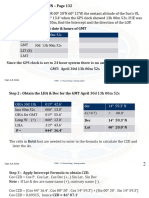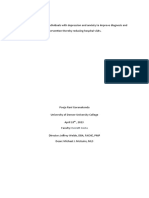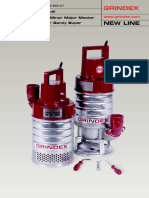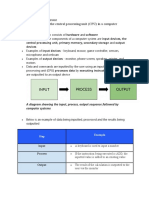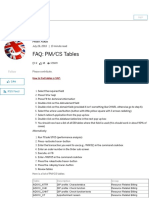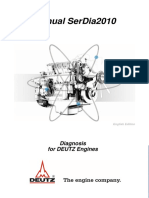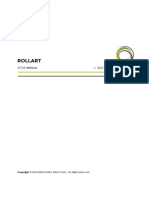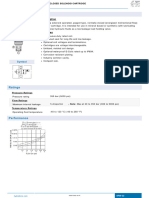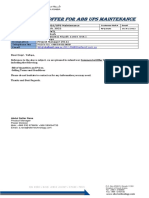0% found this document useful (1 vote)
3K views7 pagesCourse Recorder
The document discusses course recorders, which are devices that automatically record a ship's course over time. They provide a graphic record of the courses steered throughout a voyage, which is important evidence in the event of an accident investigation. The course recorder uses inputs from the gyro compass and clock to move pens that trace the ship's course and zone on a paper chart. Proper operation and maintenance of the course recorder, such as changing the paper and marking positions and course alterations, is important for accurately documenting the ship's movements.
Uploaded by
jejeCopyright
© © All Rights Reserved
We take content rights seriously. If you suspect this is your content, claim it here.
Available Formats
Download as DOC, PDF, TXT or read online on Scribd
0% found this document useful (1 vote)
3K views7 pagesCourse Recorder
The document discusses course recorders, which are devices that automatically record a ship's course over time. They provide a graphic record of the courses steered throughout a voyage, which is important evidence in the event of an accident investigation. The course recorder uses inputs from the gyro compass and clock to move pens that trace the ship's course and zone on a paper chart. Proper operation and maintenance of the course recorder, such as changing the paper and marking positions and course alterations, is important for accurately documenting the ship's movements.
Uploaded by
jejeCopyright
© © All Rights Reserved
We take content rights seriously. If you suspect this is your content, claim it here.
Available Formats
Download as DOC, PDF, TXT or read online on Scribd
/ 7










